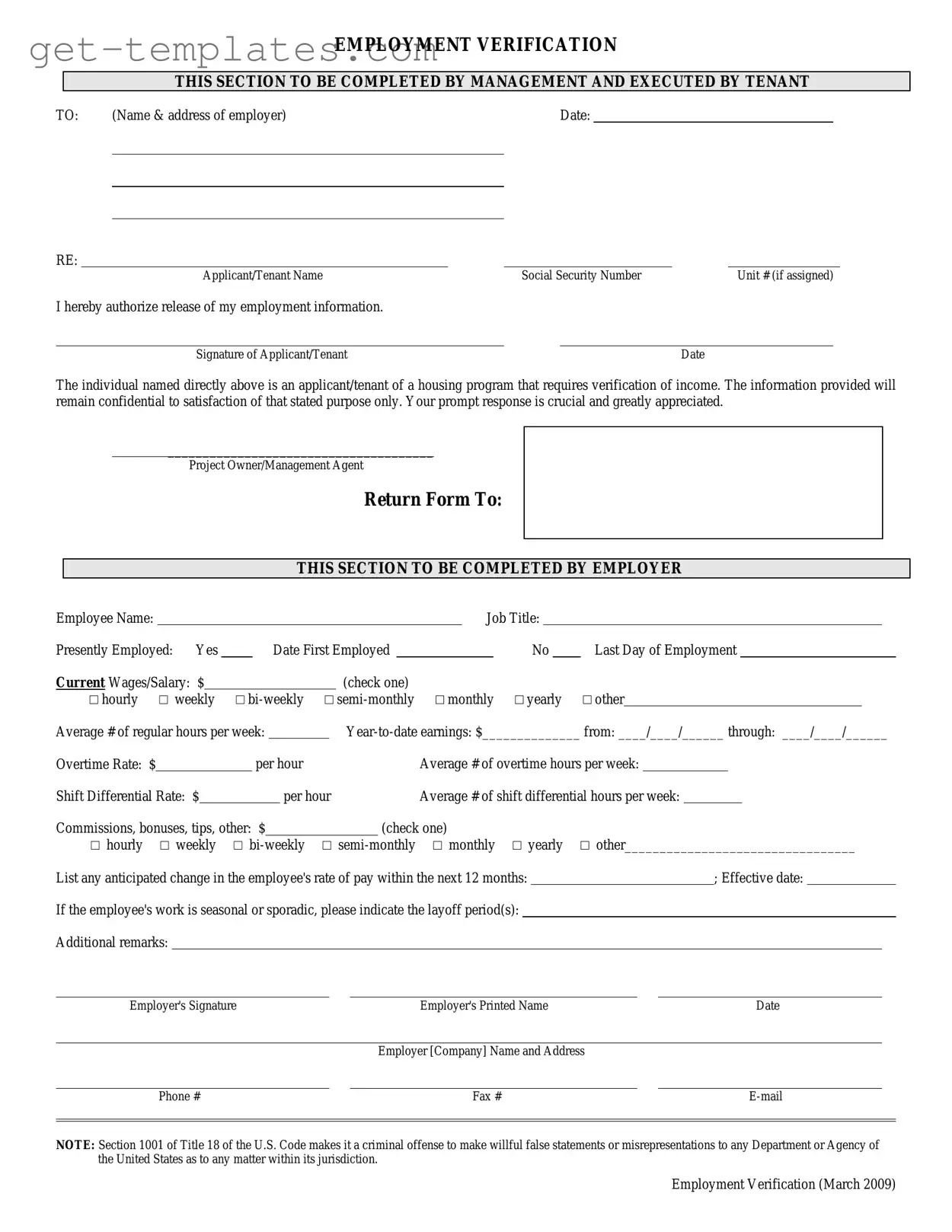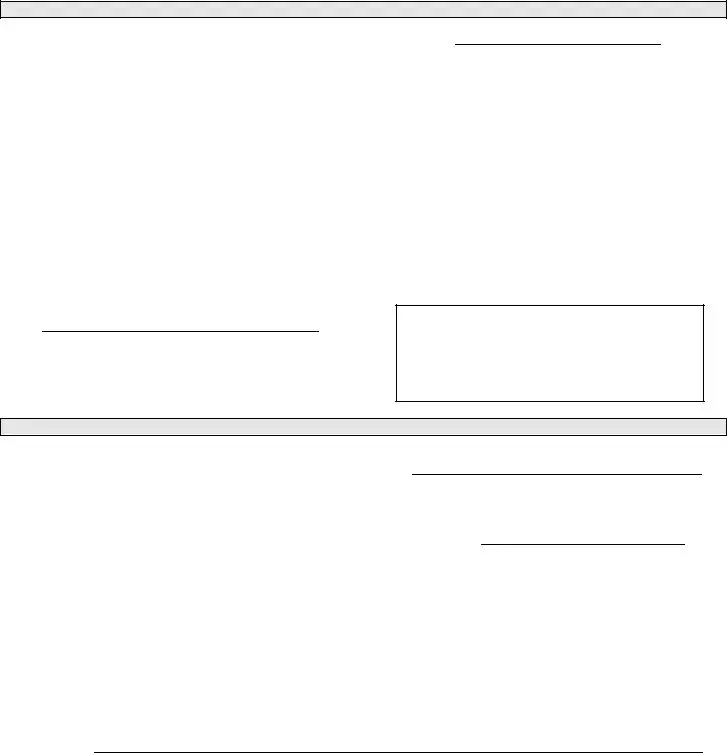An Employment Verification Form is a document used by employers to confirm an individual's employment status. This form typically includes details such as the employee's job title, dates of employment, salary, and sometimes, the reason for leaving. It serves as a reliable source of information for potential employers, lenders, or other entities requiring proof of employment.
This form is essential for various reasons. It helps potential employers assess a candidate’s work history and qualifications. Additionally, lenders may require it to determine a person's financial stability before approving loans. In some cases, landlords may ask for employment verification to ensure tenants can meet rental obligations.
Requests for this form can come from various sources, including:
-
Potential employers conducting background checks
-
Financial institutions evaluating loan applications
-
Landlords verifying income for rental agreements
-
Government agencies assessing eligibility for certain benefits
The form generally includes the following information:
-
Employee's name and contact information
-
Job title and description
-
Dates of employment
-
Salary or hourly wage
-
Reason for leaving (if applicable)
Some forms may also request additional information, such as performance evaluations or attendance records, depending on the requesting party's needs.
To obtain this form, you should contact your current or former employer's human resources department. They can provide the necessary documentation or guide you through the process. In some cases, employers may have a standardized form that they use for verification requests.
While employers are not legally obligated to provide an Employment Verification Form, many choose to do so as a matter of policy. It is in their best interest to maintain transparency and support their employees in job transitions. However, if an employer refuses, they may not be in violation of any laws.
If a former employer does not respond to verification requests, you can take several steps:
-
Follow up with a polite reminder, as they may have overlooked the request.
-
Provide alternative documentation, such as pay stubs or tax forms, to prove your employment.
-
Consider reaching out to a former supervisor or colleague who may assist in verifying your employment.
Yes, you can request your own Employment Verification Form from your employer. This can be useful when applying for jobs or loans. Ensure you specify the details you need included in the verification to streamline the process.
If you notice an error on your Employment Verification Form, contact your employer immediately. Provide them with the correct information and request a revised form. It is crucial to address any discrepancies, as they can impact your job prospects or financial applications.
Yes, privacy concerns can arise. Employers must handle your personal information with care and only disclose what is necessary for verification. If you have concerns about how your information will be used, discuss these with your employer before the form is completed.

